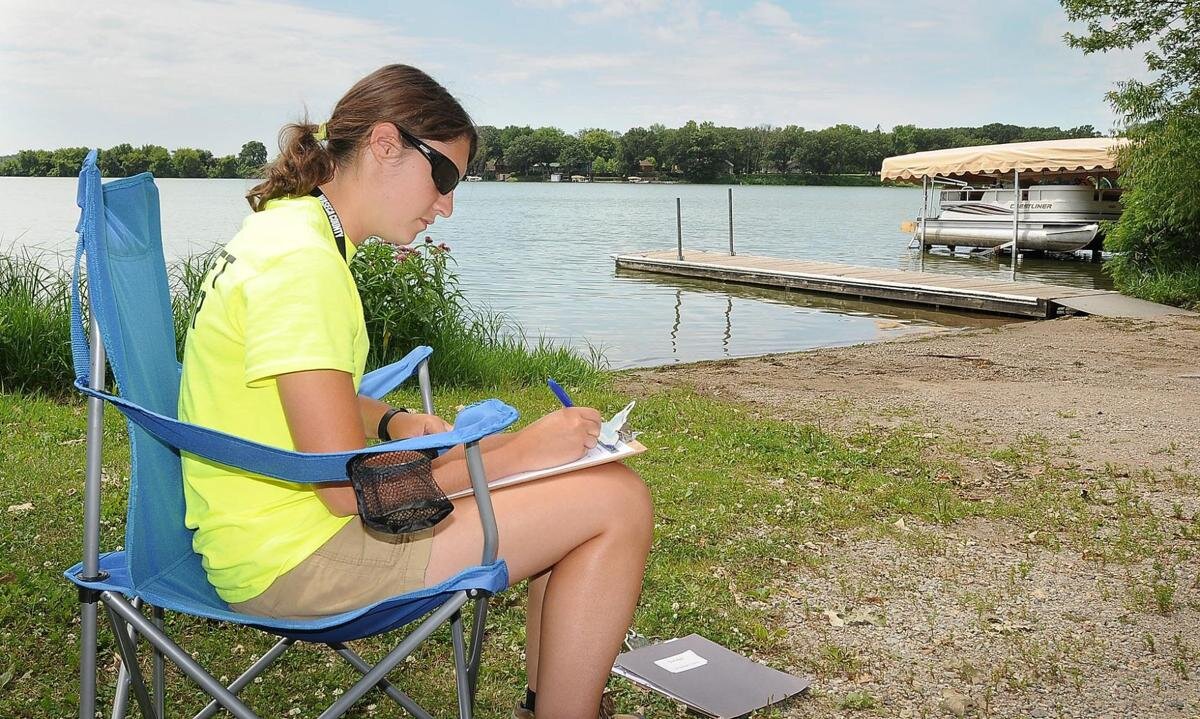
Aquatic Invasive Species
Aquatic Invasive Species (AIS) are non-native plants or animals that have been introduced to the environment and have the potential to displace native species.
Aquatic Invasive Species in the Watershed District
Aquatic Invasive Species (AIS) are non-native plants or animals that have been introduced to the environment and have the potential to displace native species, disrupt habitats, and degrade the water quality of lakes, rivers, and wetlands. Through these negative impacts, AIS can impair recreation and local economies that depend on these water resources.
Over the past several years the District has devoted more resources to prevent new introductions of AIS and manage known infestations that impact water quality.
Click here find a map and list of infested waters in the region.
Inspections
Each year, the Minnesota DNR certifies roughly 100 DNR inspectors and 1,000 local inspectors to check boats moving in and out of lakes and rivers across the state. CMSCWD provides funding to support inspections in our area. Watercraft inspectors are trained by the DNR to visually and manually inspect boats, and ensure that water related equipment is properly removed, drained, and decontaminated. Inspectors have the authority to prevent the launch or operation of watercraft and also provide important education resources to boaters.
Early Detection and Rapid Response Plans
Watercraft Inspectors do weekly checks of all public access points in the District and conduct whole-lake meander surveys according to DNR protocols on Big Marine, Big Carnelian, and Square Lakes. These surveys and visual inspections are an important tool for identifying AIS because not every boat entering and leaving the water can be inspected. In the case of a new AIS being discovered in a water body, the District will work in collaboration with the Washington Conservation District to implement the rapid response plan developed with guidance from the DNR to inform the public and evaluate the extent of the infestation.
Learn More and Get Involved
Lake-lovers and shoreline residents play a critical role in helping to prevent the spread of aquatic invasive species. At minimum, Minnesota State Law requires that people clean all visible aquatic plants, zebra mussels, and other AIS from watercraft, trailers, and equipment before leaving a water access; keep drain plugs out while transporting watercraft; and dispose of unwanted bait, including minnows, leeches, and worms, in the trash. Shore fishers should also take care to clean boots and fishing poles. In addition, shoreline landowners should only hire businesses from the DNR’s list of permitted service providers when installing and removing boats, docks, and lifts.
To learn more about aquatic invasive species, go to www.dnr.state.mn.us/invasives/ais.
If you are interested in learning more about aquatic invasive species and becoming a certified AIS Detector, University of Minnesota will offer a fully online training course this May and June. Visit www.maisrc.umn.edu/ais-detectors/detectors-course to learn more. CMSCWD will cover the cost of certification for district residents interested in volunteering.
Management of Aquatic Invasive Species
The District sead the management of aquatic invasive species control for only species known to disrupt natural processes leading to declines in clarity and increase in nutrients or disrupt essential hydrologic performance of District flowages. The District may also provide technical and cost share support in partnership with landowners, associations, or municipalities seeking to manage aquatic invasive species.
